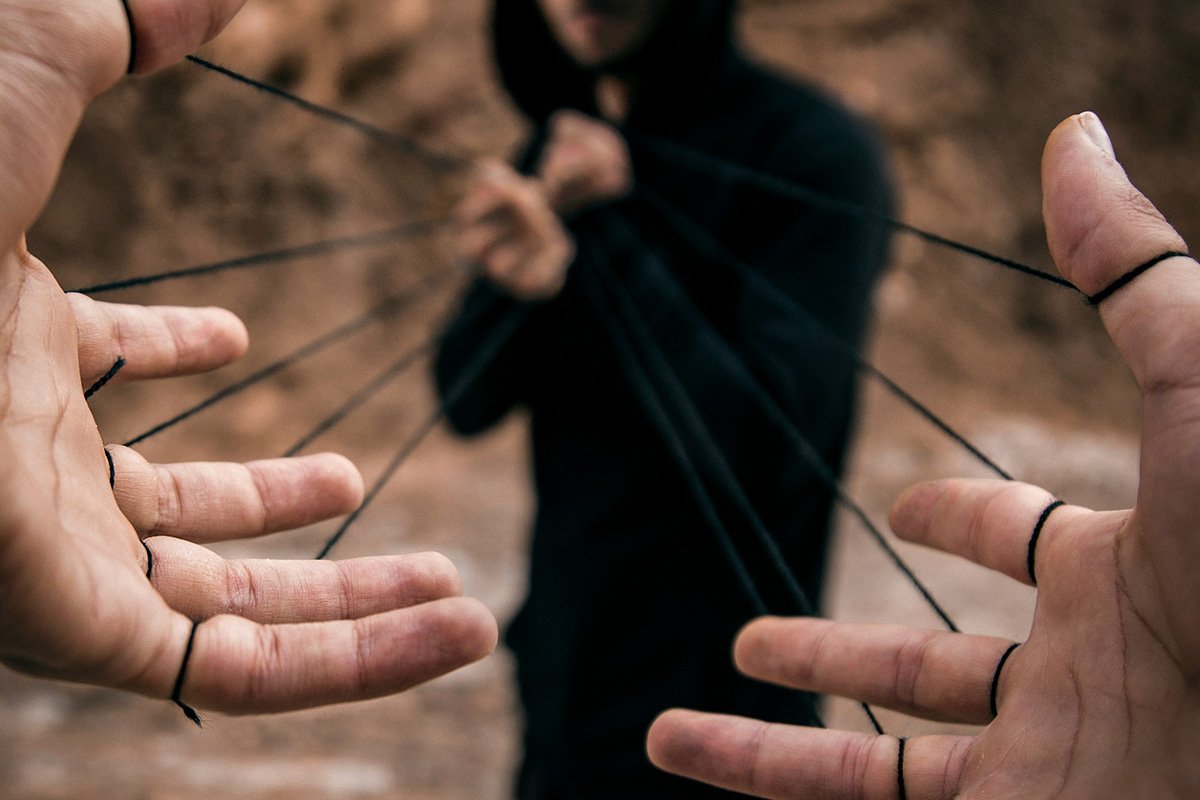
September 6, 2016; Minnesota Public Radio
When, on Saturday, the company working on the Dakota Access Pipeline unexpectedly began clearing a site identified last Friday in a court filing by the Standing Rock Sioux Tribe as a sacred burial ground, hundreds of Native American protestors rushed the site, attempting to stop the bulldozers. Security personnel working for the company then responded with dogs and pepper spray. In response, a judge, hearing a suit filed by the Standing Rock Sioux tribe, ruled that construction must stop temporarily between North Dakota’s State Highway 1806 and 20 miles east of Lake Oahe.
The tribe’s attorney, Jan Hasselman, a staff attorney with EarthJustice who represented the tribe in federal court, describes the incident as an act of provocation undertaken within hours of when a legal resolution was expected.
Sign up for our free newsletters
Subscribe to NPQ's newsletters to have our top stories delivered directly to your inbox.
By signing up, you agree to our privacy policy and terms of use, and to receive messages from NPQ and our partners.
“Energy Transfer said to the court that we hadn’t proven that there were sacred sites or important sites in the pipeline route,” explained Hasselman to Amy Goodman of Democracy Now, “and they claimed to have looked with their private consultants. So, we went and provided exactly the evidence that they said that we needed to provide. And 12 hours later, the bulldozers were out” on the very site identified in the Tribe’s filing.
It turns out that the landowner invited the tribe’s expert to conduct a formal archaeological survey observing state and federal protocols. “He went out, and he built maps of these very unique and important archaeological sites and the locations of these burials, that were right in the pipeline’s way. And that’s the information we put together and put in front of the court on Friday.”
The tribe’s lawsuit seeks to halt construction of the entire pipeline because, they allege, its completion would violate the National Historic Preservation Act, harm the water quality on the reservation and downstream, and disturb sacred sites.—Ruth McCambridge











